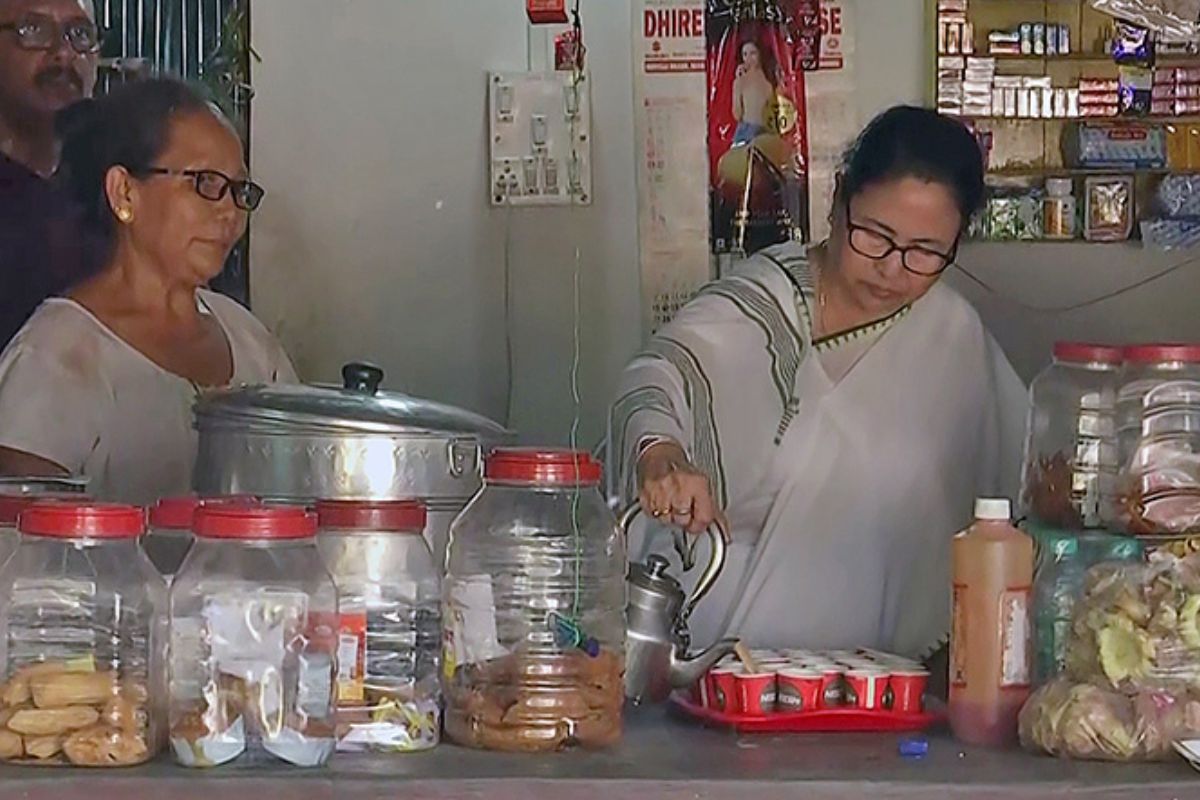Hate speech: BJP leader George seeks time to appear before police
George on Saturday requested the police for an extension until February 24 to appear before them for investigation in connection with the case.
Interestingly, missing from the displays are graffiti, posters and banners of the fourth largest political party of the state, the Congress.

It’s July 7, the day before the three-tier Panchayat polls start in West Bengal. In Diamond Harbour Police District’s Bishnupur Village, rain has given way to gusts of cool breeze. And fluttering in the wind are flags belonging to the state’s three top political parties, ruling Trinamool, main Opposition BJP and
CPIM. Colourful graffiti depicting the political parties’ symbols have been painted on walls. Two tiny flowers peep out of green grassroots. Lotuses blooming pink and orange. Black sickles and hammers embossed on red backdrops. The candidates’ names have been scribbled on in bold letters.
Interestingly, missing from the displays are graffiti, posters and banners of the fourth largest political party of the state, the Congress.
Political commentators point out that this is related to the fact that the Congress and the Left have been contesting elections together against both Trinamool, ruling the state and BJP, ruling at the Centre. “The tie-ups become glaringly obvious when you go to the villages and witness the presence of one and the absence of another,” points out Prof Biswanath Chakraborty, psephologist and political analyst. Indeed, Bishnupur Village or even really the other villages of the South24 Paraganas District, is an interesting study in the way that “alliances” work.
Advertisement
Recently, Congress leader Rahul Gandhi had urged local leaders of the national party to strengthen alliances by ensuring that they only field the party’s candidates from its own strongholds like, say, Malda in West Bengal, where Congress is strong. The idea is to concede ground to the alliance partner in the strongholds of the alliance partner. When the CPIM-led Left Front government ruled for three decades, the villages of South 24 Paragans were a strong support base. In fact, it has been suggested that in order for an alliance to be successful this is the only mantra and the same principle is going to be tried out for the Opposition alliance that has been struck at the June 23 meeting in Patna.
Advertisement
Back at the Bishnupr village, the locals are all gearing up for the polls. “I will queue up at the crack of dawn with my family in toe,” says Sheikh Namdar, a 65-year-old farmer who has never missed a vote. He feels that the elections are a bit of a “celebration” in the villages. He has come out to the main road to watch the rows of vehicles that have arrived as “standby” for “emergency” situations. However, he says that the villages in this stretch are largely peaceful.
Others agree. Like Chandana Manna, 60. She explains why the Panchayat polls are important for the rural people. “When the local people are in charge of the local governance, it gives us access to them and we can convey our grievances and complaints to them,” she says. “They also understand the problems of the people better than outsiders.” In fact, she says that she keeps taking her problems to the local Panchayat Pradhan (chief). She explains that she has been abandoned by her husband and has to live with her brothers and their families. She has been asking him for help in getting her own home. “He lives right there and is very helpful and told me that he will try to do his best,” she says, pointing to a house in the neighbourhood.
Villages like Bishnupr in Diamond Harbour Police District are also an example of a rural constituency where “free and fair” elections seem to be the motto that the locals swear by. “Here there has been no issue at all with different parties filing nomination papers,” says a local politician, who requested anonymity. “If you see the graffiti, the banners and posters, every party is represented.”
Advertisement